The Basic Principles of Upcycling for Newbies
Are you tired of throwing away items that could still have a purpose? Do you want to turn your clutter into something beautiful and functional? If so, you’re in the right place! This article explores the fundamental concepts of upcycling, offering practical tips and creative ideas for beginners looking to transform unwanted items into useful or decorative pieces. Upcycling is not just a trend; it's a lifestyle choice that embodies sustainability and creativity.
So, what exactly is upcycling? In simple terms, upcycling is the process of creatively reusing materials to create new products. Unlike recycling, which often breaks down materials to make something entirely new, upcycling takes what you already have and gives it a fresh lease on life. This not only helps reduce waste but also encourages us to think outside the box and see potential in the items we might otherwise discard.
The benefits of upcycling are numerous. It reduces landfill waste, saves money, and fosters creativity. Plus, upcycled items often come with a story, making them more meaningful than something bought off the shelf. Imagine the satisfaction of saying, "I made this!" while sipping from a mug crafted from an old glass bottle. It’s not just about being eco-friendly; it’s about embracing a more sustainable lifestyle.
Selecting the right materials is crucial for successful upcycling. You might be surprised by the range of items that can be upcycled. Here are some common categories:
- Furniture: Old chairs, tables, and cabinets can be transformed with a little paint or new upholstery.
- Clothing: T-shirts, jeans, and even accessories can be reimagined into something entirely different.
- Household Goods: Items like glass jars, wooden crates, and metal tins can serve new purposes around the house.
When choosing materials, consider their condition and potential. A scratched table might just need a fresh coat of paint, while a pile of old clothes could be turned into trendy tote bags. Look around your home and see what you can salvage!
Having the right tools and supplies can make upcycling easier and more enjoyable. Here’s a quick rundown of essential items you might want in your upcycling toolkit:
- Basic Hand Tools: Scissors, screwdrivers, and pliers are must-haves.
- Adhesives: A good quality glue or adhesive tape can work wonders.
- Paint and Brushes: A splash of color can breathe new life into any item.
By equipping yourself with these tools, you’ll be ready to tackle a variety of projects, from simple repairs to more complex creations.
If you're wondering where to start, here are a few simple and inspiring upcycling projects suitable for beginners:
- Glass Jar Planters: Transform old glass jars into beautiful planters for your herbs or succulents.
- T-Shirt Tote Bags: Cut and sew old t-shirts into stylish tote bags for shopping or outings.
- Furniture Revamp: Give an old chair a fresh coat of paint and new fabric to create a statement piece.
These projects not only spark creativity but also provide a sense of accomplishment. Plus, they’re a great way to declutter!
Understanding various techniques is key to successful upcycling. Here are some methods you might consider:
- Painting: A simple coat of paint can completely change the look of an item.
- Sewing: This is particularly useful for clothing and fabric items.
- Assembling: Combining different materials can lead to unique creations.
Each technique has its own set of tips and tricks, so don’t hesitate to experiment and find what works best for you!
While upcycling can be fun, safety should always be a priority. Here are some important safety tips to keep in mind:
- Always wear protective gear, such as gloves and goggles, especially when working with tools or chemicals.
- Ensure your workspace is well-ventilated, particularly when painting or using adhesives.
- Handle tools properly and follow instructions to avoid accidents.
By keeping safety in mind, you’ll ensure a secure and enjoyable upcycling experience.
Integrating upcycling into your lifestyle can be rewarding. Consider making it a regular practice by setting aside time each week to work on projects. You could also host upcycling workshops with friends or family, turning it into a fun social activity. The more you engage with upcycling, the more sustainable habits you'll cultivate, inspiring others in your community to join the movement!
Once you've completed your projects, sharing them can be incredibly gratifying. Platforms like Instagram, Pinterest, and Facebook are great for showcasing your upcycled creations. You can also connect with fellow enthusiasts in online forums and local community groups. Sharing not only spreads the word about upcycling but also inspires others to try their hand at it!
If you're eager to deepen your upcycling knowledge, there are plenty of resources available. Check out books on DIY projects, websites dedicated to sustainable living, and online courses that focus on upcycling techniques. The more you learn, the more creative you can become!
Q: What is the difference between upcycling and recycling?
A: Upcycling creatively transforms items into something new without breaking them down, while recycling involves processing materials to create new products.
Q: Can I upcycle anything?
A: While many items can be upcycled, it’s important to consider the material's condition and safety. Avoid items that may contain harmful substances.
Q: How do I start my first upcycling project?
A: Begin with something simple, like turning an old jar into a planter. Gather your materials, tools, and instructions, and let your creativity flow!
By embracing upcycling, you not only contribute to a sustainable future but also unleash your creativity. So, roll up your sleeves and start transforming your unwanted items into something beautiful today!
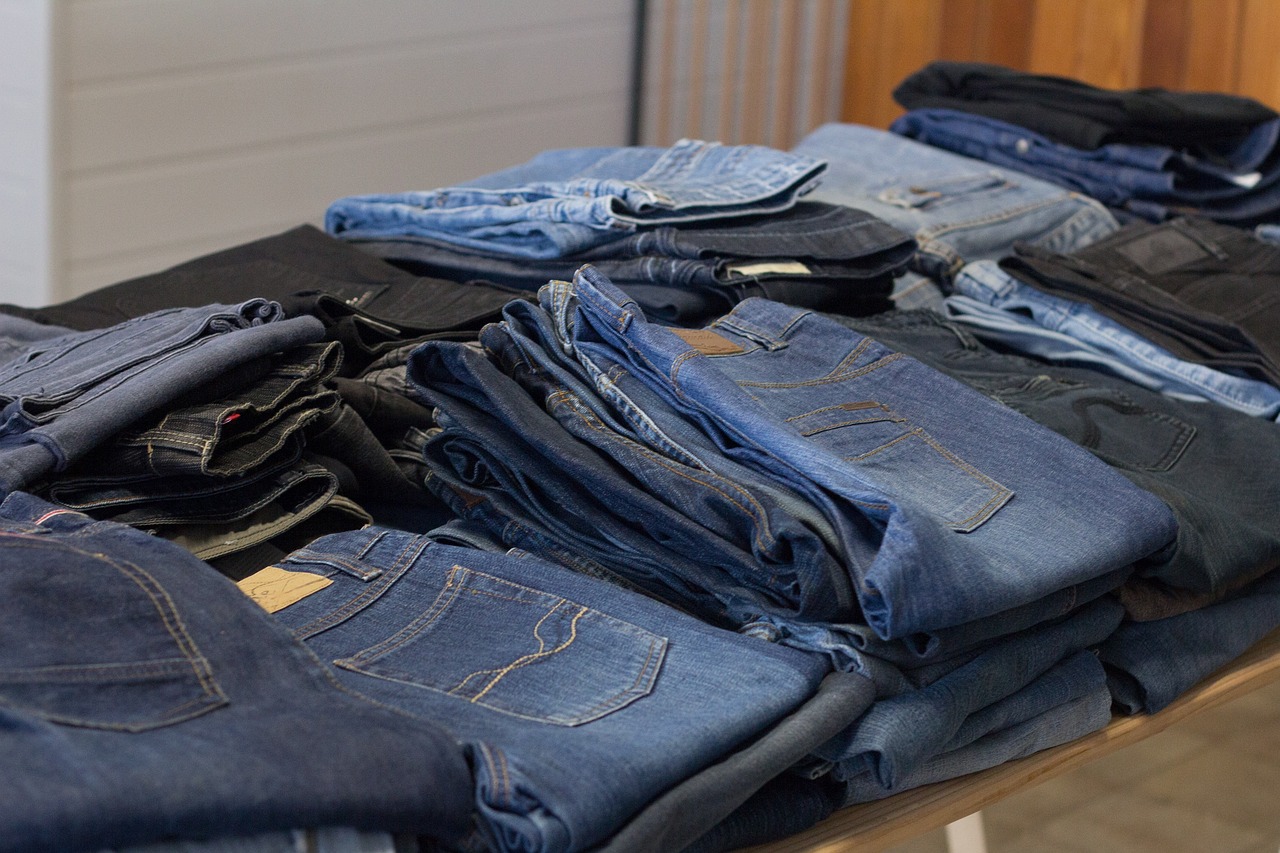
Understanding Upcycling
Upcycling is more than just a buzzword; it's a transformative process that empowers individuals to creatively reuse materials and give them a new lease on life. Unlike recycling, which often involves breaking down materials to create something entirely new, upcycling takes what already exists and enhances it. Think of it as giving your old, forgotten items a makeover instead of tossing them into the recycling bin. This practice not only helps reduce waste but also promotes a more sustainable lifestyle.
The benefits of upcycling are numerous and far-reaching. For starters, it encourages creativity and innovation. Have you ever looked at an old wooden pallet and thought it could be a stunning coffee table? That's the magic of upcycling! By viewing everyday items through a different lens, you can turn trash into treasure. Moreover, upcycling can save you money. Why buy new decor when you can repurpose something you already own? This not only lightens your wallet but also contributes to reducing the demand for new products, which often require extensive resources to produce.
Additionally, upcycling plays a crucial role in sustainability. In a world where waste management is becoming increasingly critical, upcycling offers a practical solution. By reusing and repurposing materials, you are actively participating in the reduction of landfill waste. This not only benefits the environment but also fosters a sense of community as more people become aware of their consumption habits and seek to make a positive impact.
To further illustrate the importance of upcycling, consider the following comparison:
| Aspect | Recycling | Upcycling |
|---|---|---|
| Process | Breaks down materials to create new products | Enhances existing items to create new uses |
| Creativity | Limited by material breakdown | Unlimited potential for creativity |
| Environmental Impact | Reduces waste but still involves processing | Directly reduces waste by reusing items |
| Cost | Often requires investment in new materials | Utilizes items you already own, saving money |
In essence, upcycling is a powerful tool for anyone looking to make a difference, both personally and environmentally. So, the next time you consider throwing something away, ask yourself: can this be transformed? With a little creativity and effort, you might just discover a new passion for upcycling that not only beautifies your space but also contributes to a healthier planet.
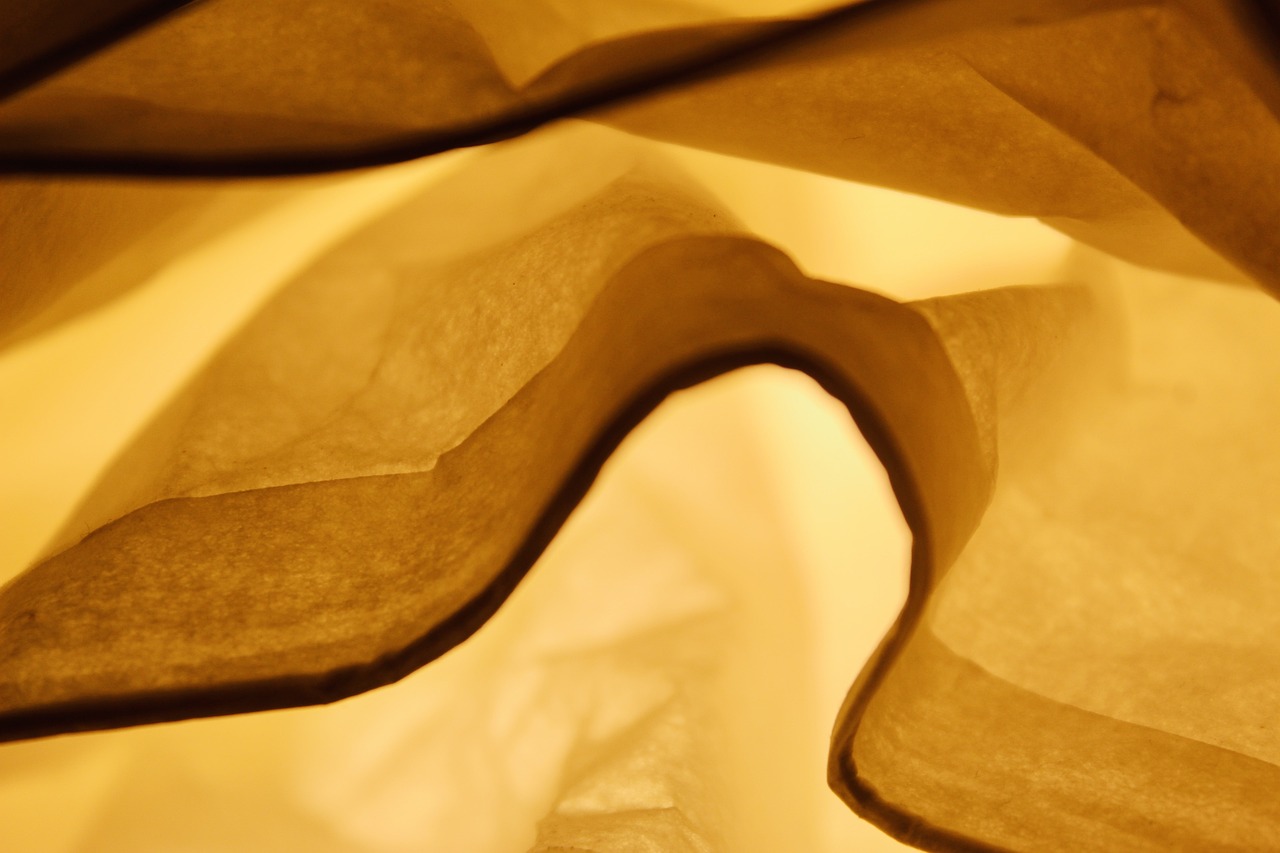
Choosing Materials
When it comes to upcycling, the first and most crucial step is choosing the right materials. You might be wondering, "What can I actually upcycle?" The beauty of upcycling is that almost anything can be transformed into something new and useful. From old furniture to discarded clothing, the possibilities are endless. Think of it as a treasure hunt; you never know what gems you might find lurking in your closet or at your local thrift store!
Start by looking around your home. Do you have any old furniture pieces that are gathering dust? Perhaps an outdated chair or a worn-out table? These items can serve as the perfect canvas for your creativity. You can give them a fresh coat of paint, reupholster them with vibrant fabric, or even turn them into something entirely different, like a garden planter or a unique bookshelf.
Clothing is another fantastic material for upcycling. Instead of tossing those old t-shirts or jeans, think about how you can breathe new life into them. For example, you can cut up an old t-shirt to create a trendy tote bag or transform worn-out jeans into stylish shorts. This not only helps reduce waste but also allows you to express your personal style.
Household goods are also ripe for upcycling. Items like glass jars, tin cans, and wooden crates can be easily repurposed into functional or decorative pieces. For instance, glass jars can become charming storage containers for your craft supplies, while wooden crates can be turned into rustic shelving units. The key is to look at these items with a fresh perspective and imagine their potential.
When sourcing materials, consider visiting local thrift stores, garage sales, or even online marketplaces. These places often have a plethora of items just waiting to be transformed. You might even find unique pieces that inspire your next project! Always keep an open mind and be on the lookout for items that speak to you.
Additionally, it's essential to consider the condition of the materials you choose. While some wear and tear can add character, ensure that the items are still structurally sound and safe to use. If you’re unsure, a quick inspection can save you time and effort down the line.
In summary, the world of upcycling is vast and full of opportunities for creativity. By choosing the right materials, you can embark on a journey of transformation that not only benefits you but also contributes to a more sustainable future. So, gather your unwanted items and let your imagination run wild!
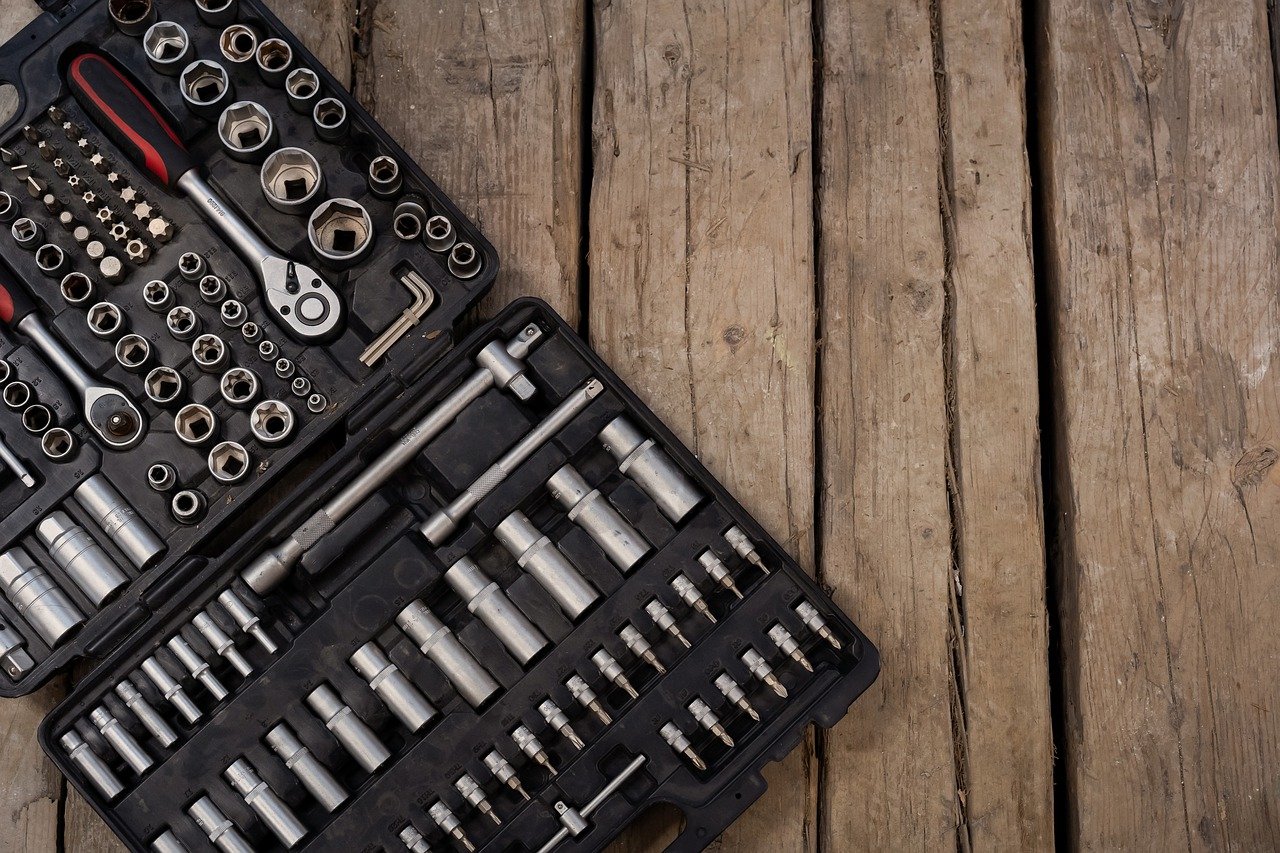
Tools and Supplies
When diving into the exciting world of upcycling, having the right tools and supplies can truly make a difference in your experience. Imagine trying to bake a cake without a mixing bowl or oven; it would be quite the challenge, right? Similarly, your upcycling projects can become much smoother and more enjoyable with a well-equipped toolkit. So, what do you really need to get started?
First and foremost, it's essential to have some basic tools that can handle a variety of projects. A good pair of scissors is a must—think of them as your magic wand for transforming materials! Next, a reliable craft knife can help you achieve those precise cuts, especially when working with cardboard or thin wood. Don't forget about a sturdy cutting mat; it protects your surfaces and extends the life of your blades.
In addition to cutting tools, you'll want to have some adhesive options at your disposal. A strong glue, like a hot glue gun or super glue, can work wonders for assembling different materials. For fabric projects, fabric glue or a sewing kit can help you stitch your creations together seamlessly. And speaking of sewing, if you're planning to upcycle clothing, a sewing machine can be a game-changer, making the process quicker and more efficient.
Now, let's talk about supplies. Depending on your projects, you might need various materials. Here’s a quick rundown of some common supplies that can elevate your upcycling game:
- Paint: Gives new life to furniture and decor.
- Sandpaper: Perfect for smoothing rough edges on wood items.
- Fabric scraps: Ideal for sewing projects and patchwork.
- Glass jars: Versatile for storage or as planters.
Moreover, you might want to explore additional supplies like twine, ribbons, or decorative paper, which can add a personal touch to your upcycled items. The beauty of upcycling is that you can use what you already have at home! Look around; you might find old newspapers, magazines, or even broken furniture that can be transformed into something fabulous.
Finally, remember that creativity is your best tool. Don't be afraid to experiment with different materials and techniques. Sometimes, the most unexpected combinations yield the most stunning results. So gather your tools, unleash your imagination, and let the upcycling adventures begin!
Q: What are the essential tools for beginners in upcycling?
A: Essential tools include scissors, a craft knife, a cutting mat, a hot glue gun, and a sewing kit. These will help you tackle a variety of projects with ease.
Q: Can I upcycle items I already have at home?
A: Absolutely! Upcycling is all about using what you have. Look for items like glass jars, old furniture, or fabric scraps that can be transformed into something new.
Q: Do I need special skills to start upcycling?
A: Not at all! Upcycling is for everyone, regardless of skill level. Start with simple projects and gradually challenge yourself as you gain confidence.
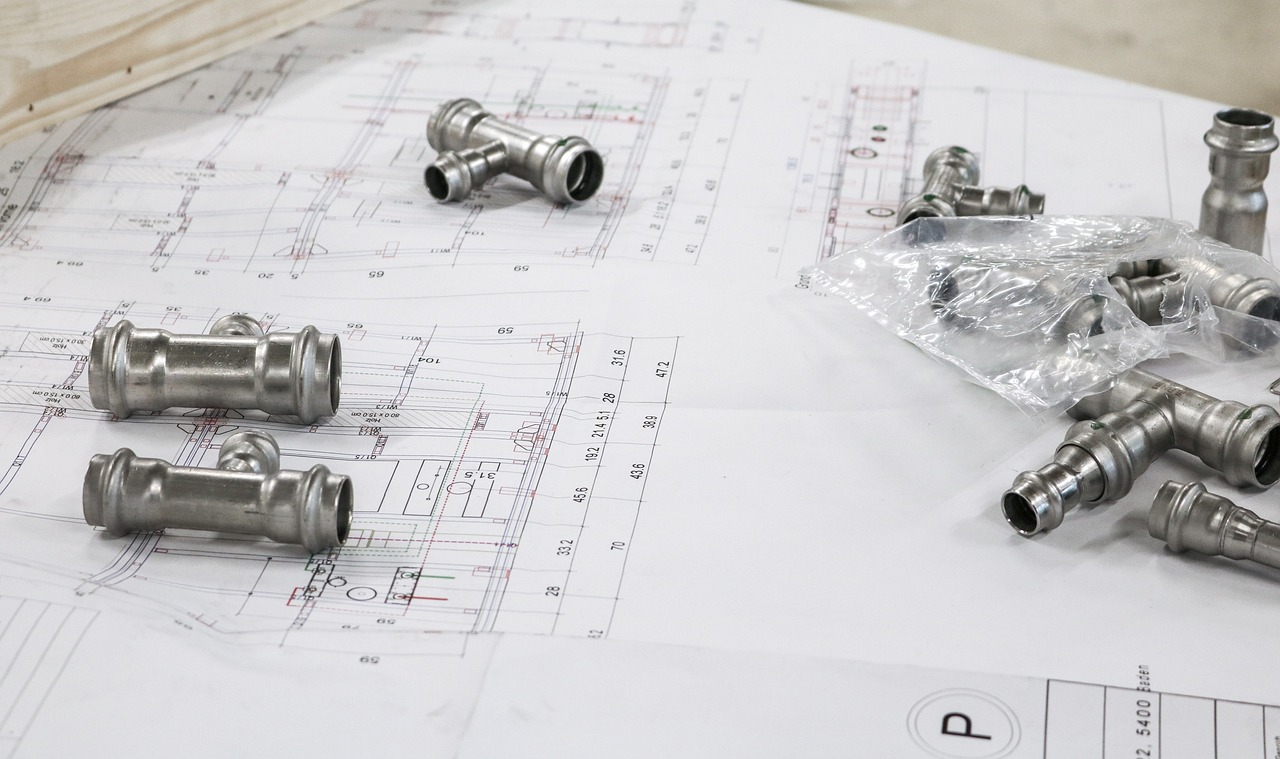
Creative Ideas for Beginners
Upcycling is not only a fantastic way to reduce waste but also a wonderful outlet for your creativity. If you're just starting out, you might be wondering where to begin. Don't fret! Here are some simple and inspiring projects that can spark your imagination and transform everyday items into something beautiful and functional.
One of the easiest projects to dive into is transforming old glass jars into stunning planters. You can paint them in vibrant colors or wrap them with twine for a rustic look. Just add some soil and your favorite plants, and you’ve got a lovely centerpiece for your home. This project not only beautifies your space but also gives new life to items that would otherwise end up in the trash.
Another fun idea is to take those old t-shirts that you never wear and turn them into stylish tote bags. Simply cut off the sleeves and neckline, and tie the bottom together. You’ll have a unique bag that’s perfect for grocery shopping or carrying your books. Plus, it’s a great conversation starter! Imagine the joy of telling someone that your bag was once a shirt you loved.
If you have old wooden furniture that’s seen better days, consider giving it a makeover. A fresh coat of paint or a new stain can breathe new life into a worn-out piece. You could even try decoupage, where you apply decorative paper or fabric to the surface, creating a one-of-a-kind look. This not only enhances your furniture but also adds a personal touch to your home.
For those who love to craft, turning old books into art pieces can be incredibly rewarding. You can create book page wreaths, wall art, or even use the pages to make unique greeting cards. This project allows you to express your creativity while giving a second chance to books that may not be read again. Just imagine the stories behind those pages as they find new life in your decor!
Don’t forget about your kitchen! Old utensils can be transformed into quirky kitchen decor. For example, you can turn forks into hooks for hanging kitchen towels or create a beautiful wind chime using spoons. These projects not only repurpose items but also add a touch of charm to your cooking space.
As you embark on your upcycling journey, remember that the possibilities are endless. You can find inspiration everywhere—from Pinterest boards to local thrift stores. The key is to look at items with a creative eye and imagine their potential. Upcycling is not just about creating something new; it’s about telling a story and embracing sustainability.
In conclusion, upcycling offers a world of opportunities for beginners. Whether you’re planting in jars, sewing tote bags, or revamping furniture, each project is a step towards a more sustainable lifestyle. So, grab your tools and start creating, because your next masterpiece is just waiting to be discovered!
- What is upcycling? Upcycling is the process of creatively reusing materials to create new products, enhancing their value and reducing waste.
- Do I need special tools for upcycling? While some projects may require specific tools, many can be done with basic supplies you likely already have at home.
- Can I upcycle anything? Almost anything can be upcycled! Common items include furniture, clothing, glass jars, and even old electronics.
- How can I find inspiration for upcycling projects? Look online for tutorials, visit local craft stores, or check out community workshops for ideas and guidance.
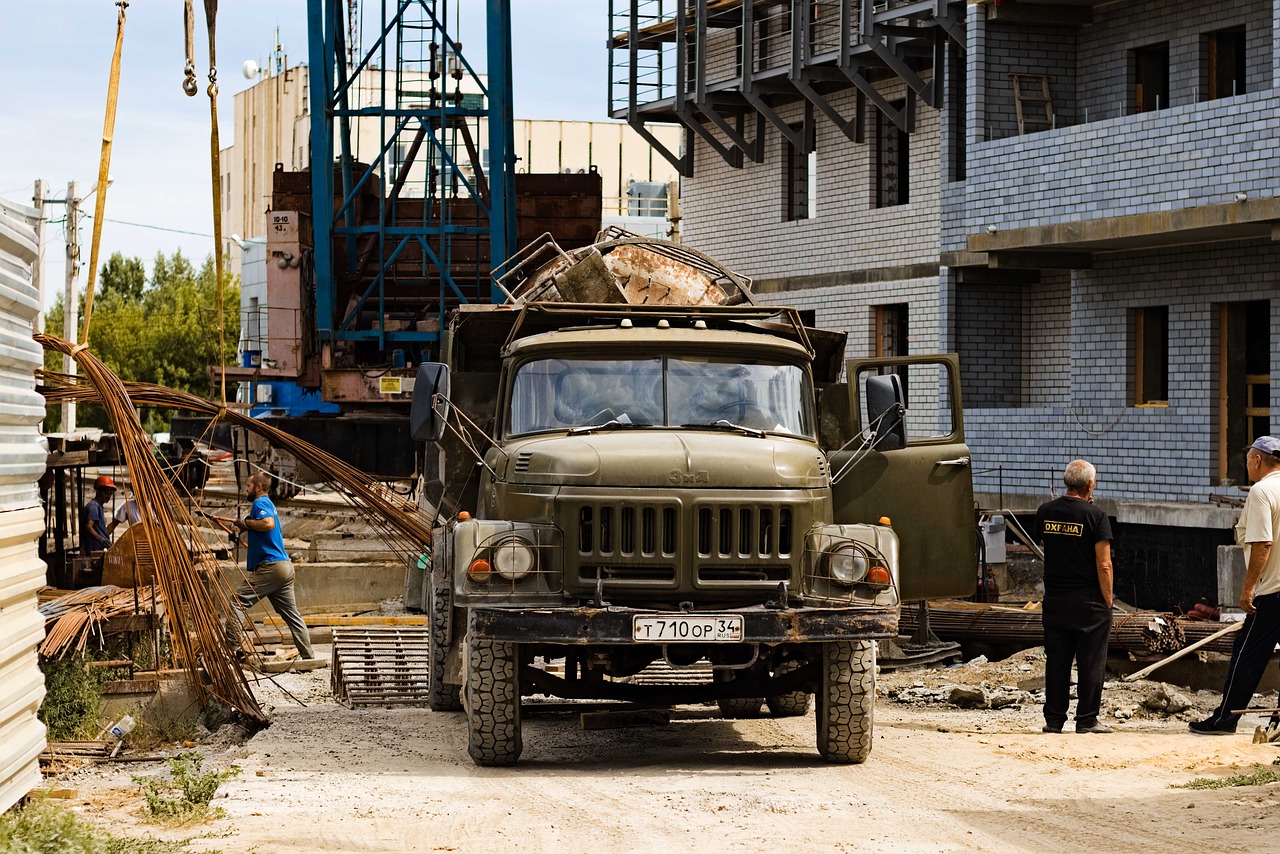
Techniques for Upcycling
Upcycling is not just about giving new life to old items; it's an art form that combines creativity with resourcefulness. Understanding various techniques is essential for transforming your unwanted goods into stunning pieces that reflect your personal style. So, how do you get started? Let’s dive into some popular techniques that will ignite your imagination and help you create something unique!
One of the most versatile techniques is painting. A fresh coat of paint can completely change the appearance of furniture or decor items. Whether you opt for a bold color to make a statement or a soft hue for a more subtle look, paint can breathe new life into your projects. For instance, an old wooden chair can be transformed into a chic accent piece with just a few strokes of a brush. Remember to prep the surface well by sanding it down and applying a primer for the best results.
Sewing is another fantastic technique, especially for textiles. If you have old clothes lying around, don’t toss them! Instead, consider sewing them into something new, like a tote bag or a cushion cover. You can even patchwork different fabrics together to create a unique design. Don’t worry if you’re not a pro; there are plenty of online tutorials that can guide you through the basics of sewing. Plus, think of it as a fun challenge to learn something new!
Another effective method is assembling. This technique involves taking various components and putting them together to create a new item. For example, you can use old glass jars, lids, and wooden boards to create a stylish storage solution. Or, how about using broken furniture parts to craft a unique garden planter? The possibilities are endless! Just let your creativity run wild, and don’t be afraid to experiment.
Moreover, distressing is a popular technique for achieving that rustic, vintage look. By intentionally damaging the surface of an item, you can create a charming, weathered appearance. This can be done through sanding, using vinegar, or even applying a wax finish. It’s a great way to add character to your projects and make them look like they’ve been cherished for years.
Don’t forget about decoupage, which involves gluing paper cutouts onto a surface and sealing them with varnish. This technique is perfect for adding patterns or images to furniture, boxes, or even wall art. You can use old magazines, wrapping paper, or fabric scraps to create a personalized touch that tells your story.
Lastly, let’s talk about upcycling electronics. If you have old gadgets that no longer work, consider repurposing their parts. For example, old circuit boards can be turned into unique wall art, or you can use the casing of a broken phone to create a chic wallet. Just be careful when handling electronics, and ensure you’re following safety guidelines.
In conclusion, mastering these upcycling techniques will not only help you reduce waste but also unleash your creativity. Remember, the key is to have fun and enjoy the process. With practice, you’ll find your unique style and perhaps even inspire others to join the upcycling movement!
Q: What is the best way to start upcycling?
A: Begin with simple projects using materials you already have at home. This will help you build confidence and skills without a significant investment.
Q: Do I need special tools for upcycling?
A: While some projects may require specific tools, many can be done with basic items like scissors, glue, and paint. Start with what you have!
Q: Can upcycled items be sold?
A: Absolutely! Many people sell their upcycled creations online or at local markets. Just ensure your items are safe and well-made.
Q: Is upcycling environmentally friendly?
A: Yes! Upcycling helps reduce waste by giving new life to items that might otherwise end up in landfills, making it a sustainable choice.
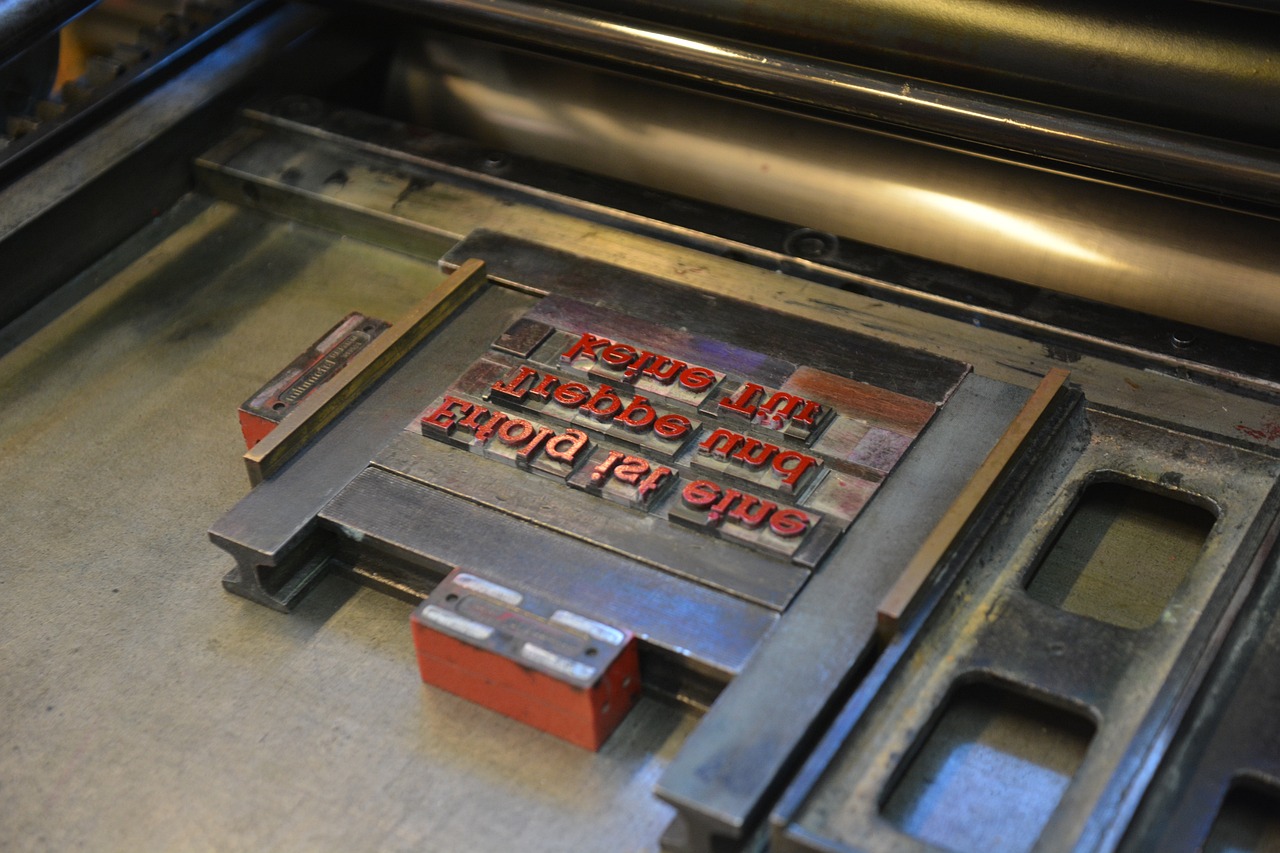
Safety Considerations
When diving into the world of upcycling, safety should always be your top priority. After all, the last thing you want is to turn a creative project into a trip to the emergency room! Whether you're wielding a paintbrush, using power tools, or repurposing old furniture, understanding the safety measures you need to take is essential. First and foremost, always wear appropriate protective gear. This includes gloves to protect your hands from sharp edges and splinters, goggles to shield your eyes from dust and debris, and a mask if you're working with materials that produce fumes or dust, like spray paint or certain adhesives.
Moreover, it's crucial to ensure that your workspace is tidy and well-lit. A cluttered area can lead to accidents, and poor lighting can make it difficult to see what you're doing. Before starting your project, take a moment to organize your tools and materials. This not only helps you work more efficiently but also minimizes the risk of injury. If you're using power tools, make sure you're familiar with their operation. Read the manual, watch tutorials, or even take a class if you're unsure. Remember, it's better to take a little extra time to learn than to rush and risk getting hurt.
Another important safety consideration is to work in a well-ventilated area, especially when using paints, solvents, or glues that can release harmful fumes. Open windows, use fans, or consider working outside if the weather permits. This will help keep you safe from inhaling toxic substances.
As you embark on your upcycling journey, consider creating a simple safety checklist to follow each time you start a new project. Here’s a quick example of what that might look like:
- Wear gloves and goggles.
- Ensure your workspace is clean and organized.
- Familiarize yourself with tools before use.
- Work in a well-ventilated area.
By keeping these safety considerations in mind, you can enjoy your upcycling projects while minimizing risks. Remember, creativity should be fun and fulfilling, not hazardous!
Q: What should I wear while upcycling?
A: It's best to wear protective gear such as gloves, goggles, and a mask if you're working with materials that produce dust or fumes.
Q: How can I ensure my workspace is safe?
A: Keep your workspace tidy and well-lit, and make sure to organize your tools and materials before starting your project.
Q: What are some common tools I should have for upcycling?
A: Essential tools include scissors, a utility knife, a drill, paintbrushes, and measuring tape, among others.
Q: Is it safe to use power tools for upcycling?
A: Yes, but you must be familiar with how to operate them safely. Always read the manual and consider taking a class if you're unsure.
Q: How can I dispose of materials safely?
A: Check local regulations for disposing of hazardous materials, and recycle whenever possible.
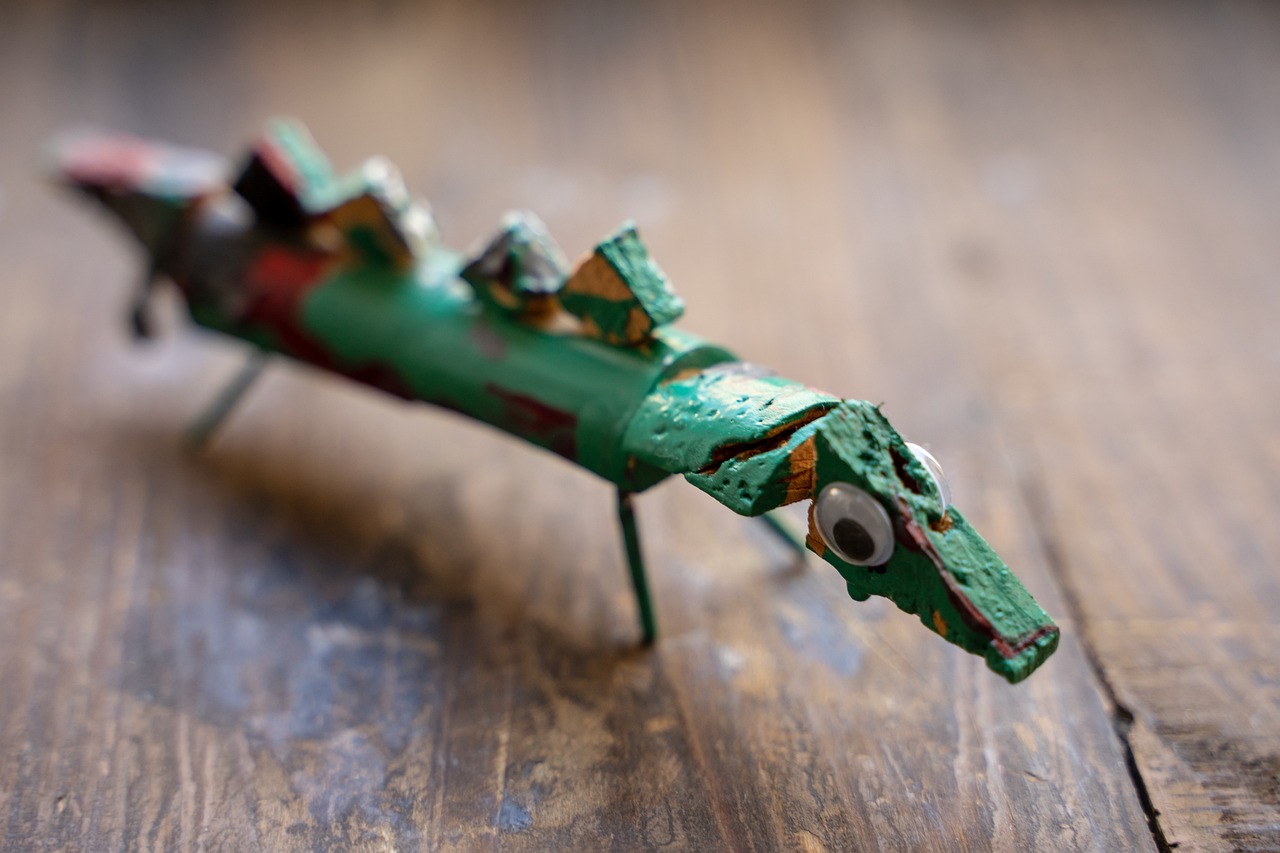
Incorporating Upcycling into Daily Life
Incorporating upcycling into your daily life is not just about crafting; it's a lifestyle choice that can lead to a more sustainable and creative way of living. Imagine waking up each day and seeing your home adorned with unique pieces that tell a story—pieces that were once destined for the landfill. By integrating upcycling into your routine, you can not only reduce waste but also express your individuality. So, how can you make this a regular part of your life? Let's explore some practical tips and ideas!
First off, start by observing your surroundings. Look at the items you already own. Do you have old furniture that could use a facelift? Perhaps a collection of glass jars that are just gathering dust? Instead of tossing these items aside, think about how they can be transformed. You might turn an old wooden chair into a chic plant stand or repurpose those jars into beautiful candle holders. The key is to view these items through a lens of creativity, asking yourself, "What else can this be?"
Next, make upcycling a family affair. Involve your kids or partner in projects, making it a fun bonding experience. You could host a weekend upcycling party where everyone brings items to transform. Not only does this encourage creativity, but it also instills a sense of environmental responsibility in younger generations. Plus, it's a great way to spend quality time together while making something beautiful.
Another effective way to incorporate upcycling into your daily routine is by setting aside a specific time each week dedicated to your projects. Whether it's a Saturday afternoon or a cozy evening during the week, having a scheduled time can help you stay committed and motivated. Create a small workspace at home where you can keep your tools and supplies organized. This not only makes the process more enjoyable but also encourages you to dive into new projects whenever inspiration strikes.
You can also explore local community events focused on sustainability and upcycling. Many neighborhoods host workshops or swap meets where you can learn new techniques and share ideas with like-minded individuals. This is a fantastic opportunity to connect with others who share your passion for upcycling. Plus, you might discover new materials or items that you can transform into something extraordinary.
Lastly, don't forget to share your upcycling journey with friends and family. Post your creations on social media or start a blog to document your projects. By showcasing your work, you not only inspire others but also create a supportive community around sustainable living. Who knows? Your simple upcycled creation might spark someone else's creativity and encourage them to start their own journey toward a more sustainable lifestyle.
In summary, incorporating upcycling into your daily life is all about shifting your perspective and making small changes that can lead to significant impacts. By transforming everyday items, involving loved ones, scheduling time for projects, engaging with your community, and sharing your journey, you can create a fulfilling lifestyle that celebrates creativity and sustainability. So, why not start today? The possibilities are endless!
- What is upcycling? Upcycling is the process of creatively reusing materials to create new products, enhancing their value and reducing waste.
- How can I start upcycling at home? Begin by assessing items you already own, set aside time for projects, and involve family members for a fun experience.
- Are there any safety tips for upcycling? Yes! Always use protective gear, ensure proper ventilation when working with paints, and handle tools carefully.
- Can I upcycle clothing? Absolutely! Old clothing can be transformed into tote bags, quilts, or even home decor items.
- Where can I find upcycling inspiration? Look for inspiration on social media platforms, blogs, or local workshops in your community.
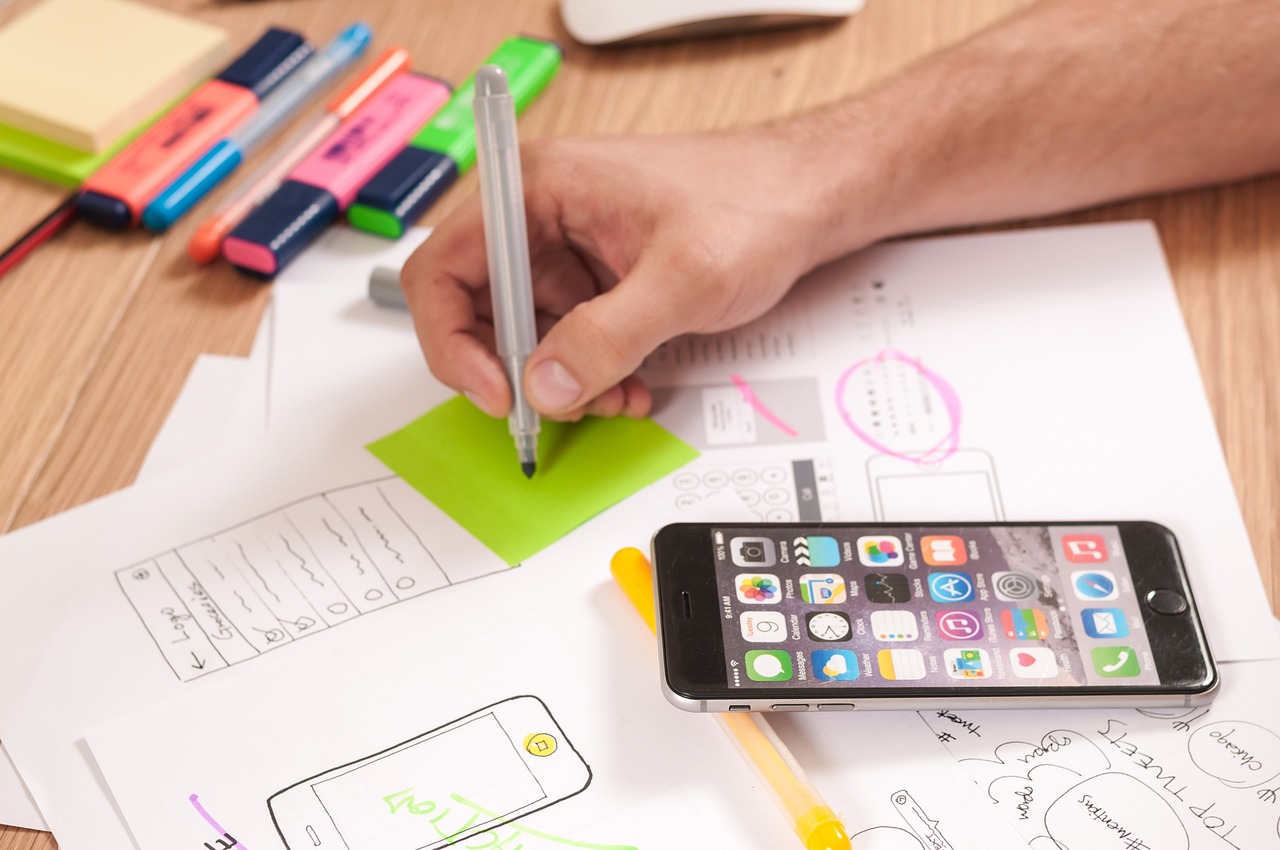
Sharing Your Upcycled Creations
Once you've poured your heart and soul into your upcycling projects, the next exciting step is to share your creations with the world! Not only does this allow you to showcase your hard work, but it also helps inspire others to embrace the art of upcycling. Imagine the joy of seeing someone else light up with creativity after being inspired by your unique designs! So, how can you effectively share your upcycled treasures? Let's dive into some fantastic options.
First off, consider utilizing social media platforms. Sites like Instagram, Pinterest, and Facebook are perfect for visually showcasing your creations. You can post stunning photos of your upcycled items, along with a little backstory about the transformation process. Engaging captions can draw in viewers and encourage them to try their own upcycling projects. Don’t forget to use relevant hashtags such as #Upcycling, #DIYProjects, and #SustainableLiving to reach a broader audience.
Another great avenue is to join online communities and forums dedicated to upcycling enthusiasts. Websites like Reddit, Facebook groups, and specialized forums offer a space to share your work, seek advice, and connect with like-minded individuals. You can post pictures of your projects in these communities, ask for feedback, or even participate in challenges that encourage creativity.
If you prefer a more hands-on approach, consider hosting a local workshop or a "swap meet" in your community. Invite friends and neighbors to bring their own upcycled items and share ideas. This not only fosters a sense of community but also encourages others to see the potential in everyday objects. You can even set up a small display of your creations, providing a tangible way for others to appreciate your work.
Additionally, think about creating a blog or a website dedicated to your upcycling journey. This platform allows you to share detailed tutorials, tips, and the stories behind each piece. You can create a space where others can learn from your experiences, ask questions, and share their own projects. Plus, it can be a great way to document your growth as an upcycler!
Lastly, consider participating in local craft fairs or markets. Setting up a booth to display and sell your upcycled items not only gives you a chance to earn some money but also allows you to meet other crafters and potential customers. Engaging with people face-to-face can create lasting connections and foster a greater appreciation for sustainable art.
In conclusion, sharing your upcycled creations is a fulfilling way to connect with others and promote sustainability. Whether through social media, community events, or personal blogs, the possibilities are endless. So get out there and let your creativity shine!
Q1: What are the best platforms to share my upcycled creations?
A1: Social media platforms like Instagram, Pinterest, and Facebook are excellent for sharing visuals of your upcycled items. Additionally, joining online communities and forums can help you connect with fellow enthusiasts.
Q2: How can I inspire others to upcycle?
A2: Sharing your projects, providing tutorials, and engaging in community events can inspire others. Showcasing the transformation process can also motivate people to see the potential in their own items.
Q3: Can I sell my upcycled items?
A3: Absolutely! You can sell your upcycled creations at local craft fairs, online marketplaces, or through your own blog or website.

Resources for Further Learning
As you embark on your upcycling journey, having access to the right resources can significantly enhance your skills and creativity. Whether you're a complete novice or someone looking to expand your repertoire, there are numerous avenues for learning that can inspire and guide you along the way. From books that delve into the philosophy of upcycling to online courses that provide hands-on projects, the possibilities are endless.
One of the best ways to start is by exploring books dedicated to upcycling. These often provide not only practical projects but also insights into sustainable living. Here are a few recommended titles:
- The Upcycle: Beyond Sustainability—Designing for Abundance by William McDonough and Michael Braungart - This book takes a comprehensive look at how we can redesign our systems to create a sustainable future.
- Upcycled T-Shirt Crafts: 20 Fun and Creative Projects by Amanda McCarty - Perfect for those who love working with fabric, this book offers simple yet innovative ideas.
- Reclaimed Wood: A Practical Guide to Upcycling by Michael Smith - If you're interested in furniture, this guide provides detailed projects that transform wood into beautiful home decor.
In addition to books, the internet is a treasure trove of resources. Websites like Upcycle That and Etsy not only showcase upcycled products but also feature tutorials and community forums where you can learn from fellow enthusiasts. YouTube is another fantastic platform, offering countless videos that walk you through various upcycling techniques step-by-step.
If you prefer a more structured approach, consider enrolling in online courses. Platforms like Skillshare and Udemy offer courses specifically focused on upcycling. These courses often include project ideas, material sourcing tips, and even advice on marketing your upcycled creations if you're looking to turn your hobby into a side hustle.
Finally, don't underestimate the power of community. Joining local workshops or online groups can provide you with not just learning opportunities but also a network of support. Websites like Meetup can help you find local upcycling groups that meet regularly to share ideas and projects. Engaging with others who share your passion can be incredibly motivating and can lead to exciting collaborations.
In conclusion, the resources available for further learning in upcycling are vast and varied. By tapping into books, online platforms, courses, and community groups, you can deepen your understanding and enhance your skills. Remember, every small step you take in learning can lead to big changes in how you view and utilize the materials around you.
Q: What is upcycling?
A: Upcycling is the process of creatively reusing materials to create new products, enhancing their value and reducing waste.
Q: How is upcycling different from recycling?
A: While recycling breaks down materials to create new products, upcycling transforms existing items into something new without altering their original form significantly.
Q: Do I need special tools for upcycling?
A: While some projects may require specific tools, many upcycling projects can be done with basic household items and tools.
Q: Can I sell my upcycled creations?
A: Yes! Many people successfully sell their upcycled items on platforms like Etsy, local craft fairs, and social media.
Frequently Asked Questions
- What is upcycling and how is it different from recycling?
Upcycling is the art of creatively reusing materials to create new, functional items or decorative pieces. Unlike recycling, which breaks down materials to make new products, upcycling focuses on transforming existing items without significant processing. This not only reduces waste but also allows for unique, personalized creations!
- What materials can I upcycle as a beginner?
As a newbie, you can upcycle a wide array of materials! Common items include old furniture, glass jars, clothing, and even cardboard boxes. The key is to look around your home for items that you no longer use or need. Think creatively—almost anything can be transformed with a little imagination!
- What tools do I need to start upcycling?
Starting your upcycling journey doesn’t require a massive toolkit. Essential tools include scissors, glue, a paintbrush, and basic sewing supplies. Depending on your projects, you might also want tools like a hammer, nails, or a hot glue gun. Having these basics will make your upcycling projects easier and more enjoyable!
- Can you suggest some easy upcycling projects for beginners?
Absolutely! Here are a few simple projects to get you started:
- Transform glass jars into beautiful planters.
- Turn old t-shirts into reusable tote bags.
- Repurpose wooden pallets into stylish furniture.
These projects are not only fun but also a great way to spark your creativity!
- What safety precautions should I take while upcycling?
Safety is super important when upcycling! Always wear protective gear like gloves and goggles, especially when handling sharp tools or materials. Make sure to work in a well-ventilated area, and keep your workspace organized to avoid accidents. By taking these precautions, you can enjoy your upcycling projects safely!
- How can I incorporate upcycling into my daily life?
Integrating upcycling into your daily routine can be both rewarding and fun! Start by making it a habit to assess items before throwing them away. Challenge yourself to create something new from old items at least once a month. Share your creations with friends and family to inspire them to join in on the fun!
- Where can I share my upcycled creations?
Once you’ve completed your upcycling projects, there are plenty of platforms where you can showcase your work! Social media sites like Instagram and Pinterest are great for sharing photos. You can also join online communities and forums dedicated to upcycling to connect with fellow enthusiasts and get inspired by their projects!
- Are there resources for learning more about upcycling?
Definitely! There are numerous resources available for those looking to deepen their upcycling knowledge. Consider checking out books, websites, and online courses that focus on creative reuse. Many platforms offer tutorials and tips that can help you expand your skills and unleash your creativity!



















